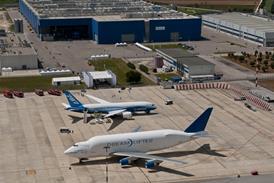Singapore Airlines says the integration of its regional arm SilkAir into the mainline carrier is progressing on track.
Speaking to analysts and the media at a briefing, SIA Group chief executive Goh Choon Phong shares that three main tasks have been completed.
SIA has set up a dedicated project management office to oversee the SilkAir integration. The office has since established 12 workstreams to drive integration activities, including product and service definition, operational alignment, staff integration, corporate as well as legal and regulatory requirements.
SilkAir’s commercial departments have also been integrated with that of the mainline carrier.
Goh adds that SIA has also finalised product decisions for the Boeing 737 fleet, including seat, in-flight entertainment and in-flight connectivity suppliers. He declined to provide more details, except to say that the new products will be available from 2020, when the merger is expected to be completed.
The Star Alliance carrier announced the merger in May this year and said that the the cabin overhaul programme will cost more than S$100 million ($74 million). This involves upgrading SilkAir’s cabins with new lie-flat seats in business class, and the installation of seat-back IFE systems in both business class and economy class.
The integration is part of SIA’s efforts to streamline its brand portfolio, and comes after the merger of the Tigerair low-cost brand into Scoot in late 2016.
Flight Fleets Analyzer shows that SilkAir operates 32 aircraft, comprising five 737 Max 8s, 17 737-800s, two Airbus A319s, and eight A320s. The A320 family aircraft are being phased out in favour of the 737s, and SilkAir has orders for 32 Max 8s.
SilkAir was launched in 1989 under the Tradewinds brand serving regional holiday destinations. It was renamed SilkAir in 1992, and now serves 49 cities in 16 countries.
Source: Cirium Dashboard


























